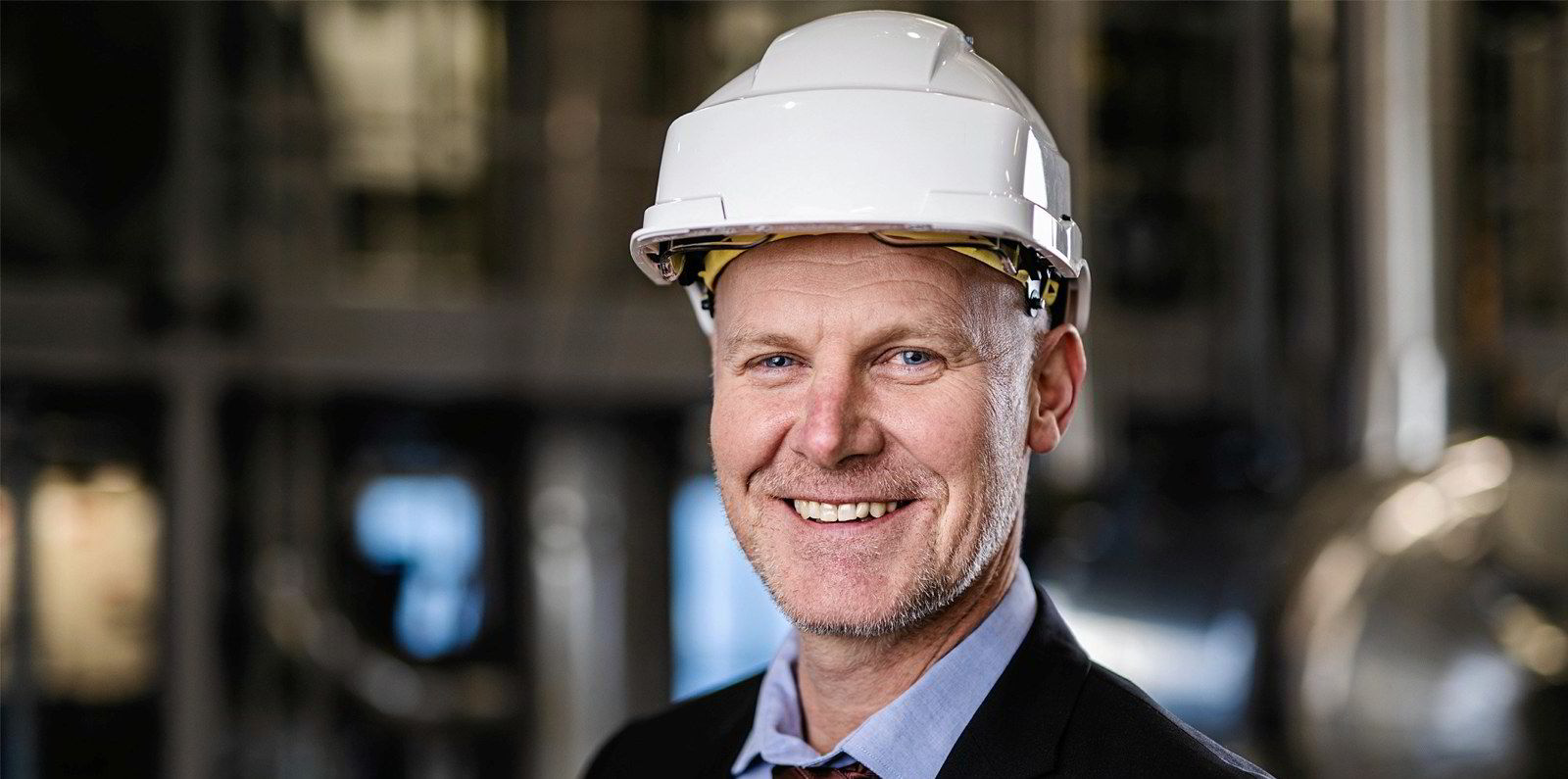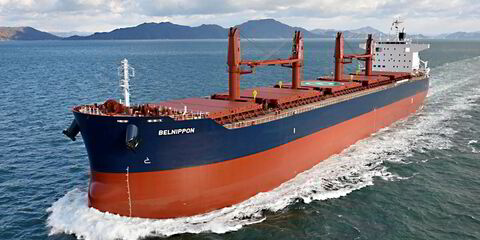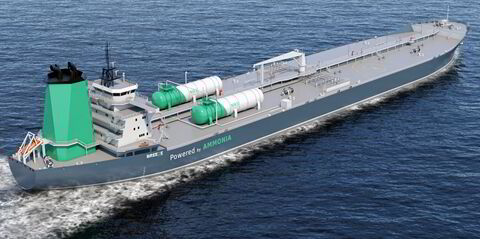With a blank cheque for investment that would propel shipping’s sustainability ambitions while also maintaining profitability and commerciality, I would focus on scaling widespread carbon capture and storage (CCS) across the global fleet.
This article is part of a series written by people across shipping in response to this question about how to deploy a hypothetical TradeWinds Sustainable Shipping Fund:
How, where and why would you invest $1bn for the best return in sustainable shipping, as the industry grapples with the need to cut carbon emissions, improve efficiency and keep cargoes moving in a world facing multiple economic and political challenges? The investment will be made now and ideally held for the next seven years to the end of the decade. As an added bonus, give one policy or regulation you would like to implement from 1 January 2023 to benefit shipping?
CCS can generate significant emissions reductions much faster than alternative solutions, and will be technically and commercially available on the market by 2025.
If adopted widely, CCS technology could reduce around 70% of CO2 emissions from the existing fleet by 2032. Not many other solutions beyond CCS would have as much “bang for their buck” on the sustainability front over a seven-year forecast period.
The technology roadmap and market interest are clear, so it is incredibly exciting that we are so close to realising such high emissions reductions for maritime.
That said, incentives are lacking. In an ideal world, a globally coordinated CO2 policy, more stringent regulations, and some form of CO2 tax in the next 12 months would both create significant predictability for technology investment and spur impactful near-term action.
This is unlikely to happen in the next year. However, given that CCS can, in principle, be applied on all ships currently running on fossil fuels, and is based on the exhaust gas abatement technologies many owners invested in for compliance to the global sulphur cap, we must do everything we can as a sector to spur CCS innovation and adoption.
In concordance with the clean technologies and future fuels already in development, CCS means shipping is closer to a radically cleaner industry that meets the International Maritime Organization’s — and society’s — goals than many believe.
That is why the technology is a worthy contender for the hypothetical $1bn of investment, and why Wartsila is working at pace with partners across the marine value chain to bring it to market in the next few years.



